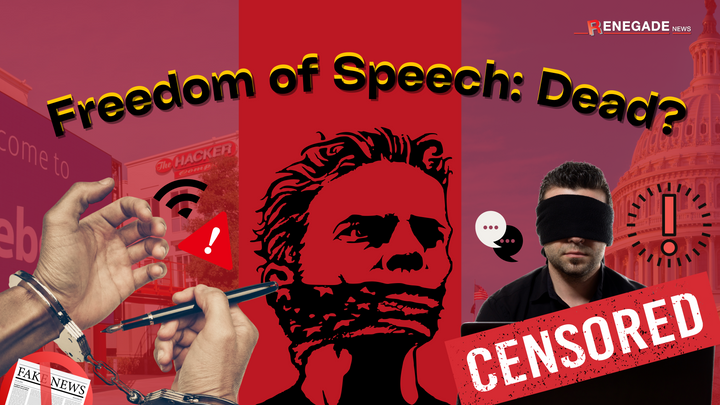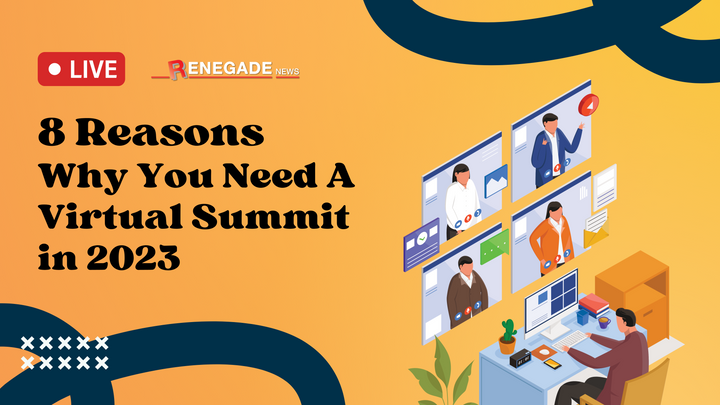How Do The Rich Get Richer and Build Generational Wealth?

How do billionaires pay for expensive things (like a 6-figure watch, 6-figure vacation, 6-figure shopping trips…etc.) or SUPER expensive things (like a $50-million jet or $100-million yacht) if their money is held up in stocks?
J. Paul Getty once said, “If you owe the bank $100, that’s your problem. If you owe the bank $100 million, that’s the bank’s problem.”
And that’s exactly how the rich get richer!
It’s not much of a secret, either.
Billionaires have infinite opportunities and possibilities – but in a nutshell – rich people rarely deploy their money without some kind of leverage. In other words, they borrow.
You don’t have to be a billionaire to take advantage of debt, especially in the current interest rate environment.
Let me explain.
If you’re rich, you never ever ever ever spend your money on anything if you can help it. When you take 6-figure vacations or buy a $150,000,000 yacht, you do it with other people’s money.
Specifically, you use your stock as collateral to take out a loan; then, you spend the borrowed money on your yacht. If the interest rate is low, which it will be (billionaires don’t pay 24.99% on a loan as poor people do), and the rate of growth of your wealth is higher than the interest rate on a loan, you’d have to be a complete and utter idiot to spend a dime of your own wealth on that yacht. It would cost you more to buy the yacht with your own money than to borrow, buy the yacht, and pay back the loan. Isn’t compounding wealth great?
You may be able to take a tax write-off on loan! Between that and your net worth appreciating at a rate higher than the interest rate on the loan, you may get the loan for free…or even come ahead.
That’s right… billionaires use stock as collateral. You could securitize your future cash flows or your home equity. In other words, if you have reasonably predictable & some spare cash flows (salary) to service appropriate levels of debt for yourself, you could borrow a sum and invest it in an appropriate investment vehicle as a long-term wealth multiplier. This could be done by collateralizing your real estate asset – it’s called “home equity.”
Buy, Borrow, Die Strategy

The Uber Wealthy are “wealthy” on paper. It’s not like they have 10 million $100 bills under their mattresses.
Typically the paper wealth consists of stock holdings (more than likely in corporations they own or control) that equate to a market value. This stock equity represents a “security,” which a Pledged Asset Line (PAL) of credit can be collateralized with – usually with a Fed Funds-based minimal interest rate. As long as the stock value appreciates, the borrower can perpetually refinance the PAL and enjoy complete ownership of the Mega-Yachts, Global 6000’s, and private Caribbean Islands without ever actually paying a dime – remember, the PAL loan is not secured with the assets purchased from drawing down on the credit line. The pledged stock only secures the PAL.
If the stock loses value, the billionaire can always add more stock to keep the PAL fully securitized. Plus, there are dozens of other little tricks the billionaire can do to artificially prop up the stock price, like:
instruct his publicly traded corporation to borrow billions from the government at sometimes negative interest rates, ostensibly to invest back into the business to help create jobs and opportunities for the American taxpayers that fronted the money in the first place.
(But in reality, this borrowed taxpayer-underwritten money is used to buy back the company's own stock – which in turn increases its face market value – which in turn makes HIM even more wealthy)
Brilliant!
In the worst case, the government will either bail them out with free cash or endlessly continue to zombify the corporation (A zombie company is one that is heavily in debt but earns just enough to continue operating and service its debt – with new debt – but not pay it off – with even more loans.)
…About 25% of all S&P 500 listed companies are zombies…
Our oligarchs are in no-lose situations.
These PAL stocks are placed in complex trusts, and when the billionaire dies, the entire portfolio of stocks and PALs gets passed on to their heirs, and the cycle is unbroken. The heirs also get all of the real assets (Jets, yachts, Mansions, commercial real estate, even equity interest in other foreign or domestic companies) that the PALs paid for, free and clear. Again, it’s the stock value that secures the PAL. Whatever the billionaire wants to buy with that loan, they can – and it’s theirs to own.
Example: Larry Ellison (one of the top 4 billionaires with massive credit lines) has a $10 billion line of credit that he paid zero taxes on and can use however he wants. When Larry dies, he can write in the “pour over” will that’s part of his Trust to transfer the remaining wealth to his children on a stepped-up basis and avoid the inheritance tax. This process of ‘buy, borrow, die’ can be repeated generation after generation. If Oracle stock falls to zero, the $10 billion PAL goes away, but the lenders can only use the now worthless pledged Oracle stock as the sole recourse to recover their losses. Billionaires don’t sign personal guarantees like the rest of us suckers. Of course, they [the lenders] too will get bailed out by taxpayer-funded Government “assistance” if need be.
4 Billionaires with massive credit lines

Let’s take a look at some of the top billionaires who have massive credit lines:
- Larry Ellison: $10 Billion credit line, and interestingly all of it counts towards his personal spending limit.
- Bill Gates: Has over a $1 billion credit line
- Amancio Ortega: Has a net worth of $78 billion and can personally borrow up to $10 billion.
- Mark Zuckerberg: Has a credit line of more than $3 billion.
When PAL goes South
Do you remember WeWork? That office rental company masquerading as a high-tech company?
Well, WeWork’s CEO Adam Neumann took out a $Half-Billion ($500 Million) PAL personal credit line using some of his WeWork pre-public Stock. WeWork was exposed for fraud they were, and the IPO never happened. But WeWorks primary investor SoftBank had to eat that $500 Million – Neumann never paid it back.
And Chinese latte mogul Lu Zhengyao, founder of Luckin Coffee Inc., also took out a $500 Million PAL against his publicly traded stocks. The façade came crashing in April 2020, when Luckin said that its chief operating officer and some subordinates might have “faked” more than a quarter's worth of business. Shares of the company plummeted 90% on this news.
The PAL lender did “repossess” the shares and sell them. But only got $200 Million, leaving a $300 Million shortfall. Zhengyao never paid it back and still owns whatever assets he purchased with the $500 Million Free and Clear.
Conclusion
To be a little more accurate, the Buy, Borrow, Die strategy – which has been around for a long time – has been adopted into a “Build”, Borrow, Die strategy; Where if one can build a company whose shares become Publicly Traded (or buy an existing publicly traded company), this becomes a gold mine – regardless of the performance of the company. The market-driven traded stock value holds the keys to the vault.
One of our oligarchs, Warren Buffet says, “The stock market will ALWAYS go up over time.” Think about how we are brainwashed/conditioned to believe this as if it were divine gospel or an undisputed law of physics. As long as the stock market increases in value, there is no better collateral than stocks to back an unguaranteed personal line of credit than stocks. We all are part of this now.
(Does anyone with at least two connected brain cells believe that the stock market's value organically increased from $6T to over $180T in the past 12 years?)
This artificially inflates the stock values. Again, like bets placed on the crap table. The average American employee unwittingly provides their own money to pump up what is a Ponzi scheme. The employee feels “wealthy” as their 401K value looks juicy on paper (irrespective of the fact that the people managing the funds are shaving off high percentages in “management fees” off the top).
In reality, this Pyramid scam would collapse if not for the government conjuring up $30 Trillion to prop up the companies. The shareholders of the stock simply borrow – and re-borrow, and re-borrow again against its “ever-rising” collateral value.
Tax-free. And use the proceeds to purchase other personal assets.
And that, folks, is how the rich get richer and the middle class gets screwed. And not in a good way.




